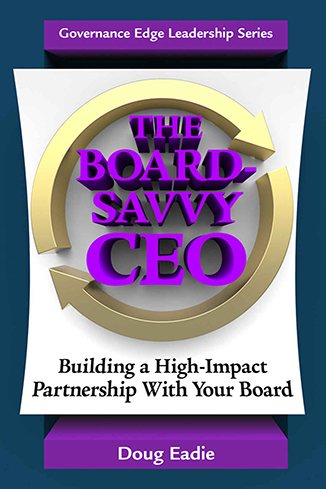 I recently sat in on a special work session of the governance committee of the board of directors of a large and influential aging services nonprofit. They’d set aside three hours to consider how to go about filling the upcoming five vacancies on this 25-member governing body. At least a decade ago, they’d gone well beyond the narrow-minded, traditional “birds of a feather” approach to filling vacancies (coming up with board candidates by thinking of people you already know and are comfortable with). They’d been using a formal profile of desirable board member characteristics that they’d recently updated to identify candidates for board seats (for example, “successful service on at least one other board in the social services arena,” “able and willing to devote the required time to governing”), and they had always taken very seriously the need to consider such symbolic factors as gender, age, and race in shaping their board’s composition.
I recently sat in on a special work session of the governance committee of the board of directors of a large and influential aging services nonprofit. They’d set aside three hours to consider how to go about filling the upcoming five vacancies on this 25-member governing body. At least a decade ago, they’d gone well beyond the narrow-minded, traditional “birds of a feather” approach to filling vacancies (coming up with board candidates by thinking of people you already know and are comfortable with). They’d been using a formal profile of desirable board member characteristics that they’d recently updated to identify candidates for board seats (for example, “successful service on at least one other board in the social services arena,” “able and willing to devote the required time to governing”), and they had always taken very seriously the need to consider such symbolic factors as gender, age, and race in shaping their board’s composition.
But they’d decided to take their board member recruitment function up a big notch by explicitly using it as a tool to support the ambitious growth strategy that the board had recently adopted. So during the work session they came up with some very specific targets beyond the somewhat generic profile they’d been using, for example: a senior hospital executive, preferably the CEO; an entrepreneur who’d created and successfully grown his/her own business; the CFO of a medium to large company who could advise on financing growth initiatives.
I was struck by the fact that the members of this governance committee recognized how critical the board’s composition was to achieving their nonprofit’s vision and carrying out its mission in a highly competitive environment and, consequently, how seriously they took their recruitment responsibility. They weren’t content merely to ask each other who would be likely to fit comfortably into the current board. In fact, familiarity and comfort weren’t even considered. The question they asked was: Who can really help us achieve our growth targets? This is treating the recruitment of new board members as the powerful business development tool it can be if taken seriously enough!





